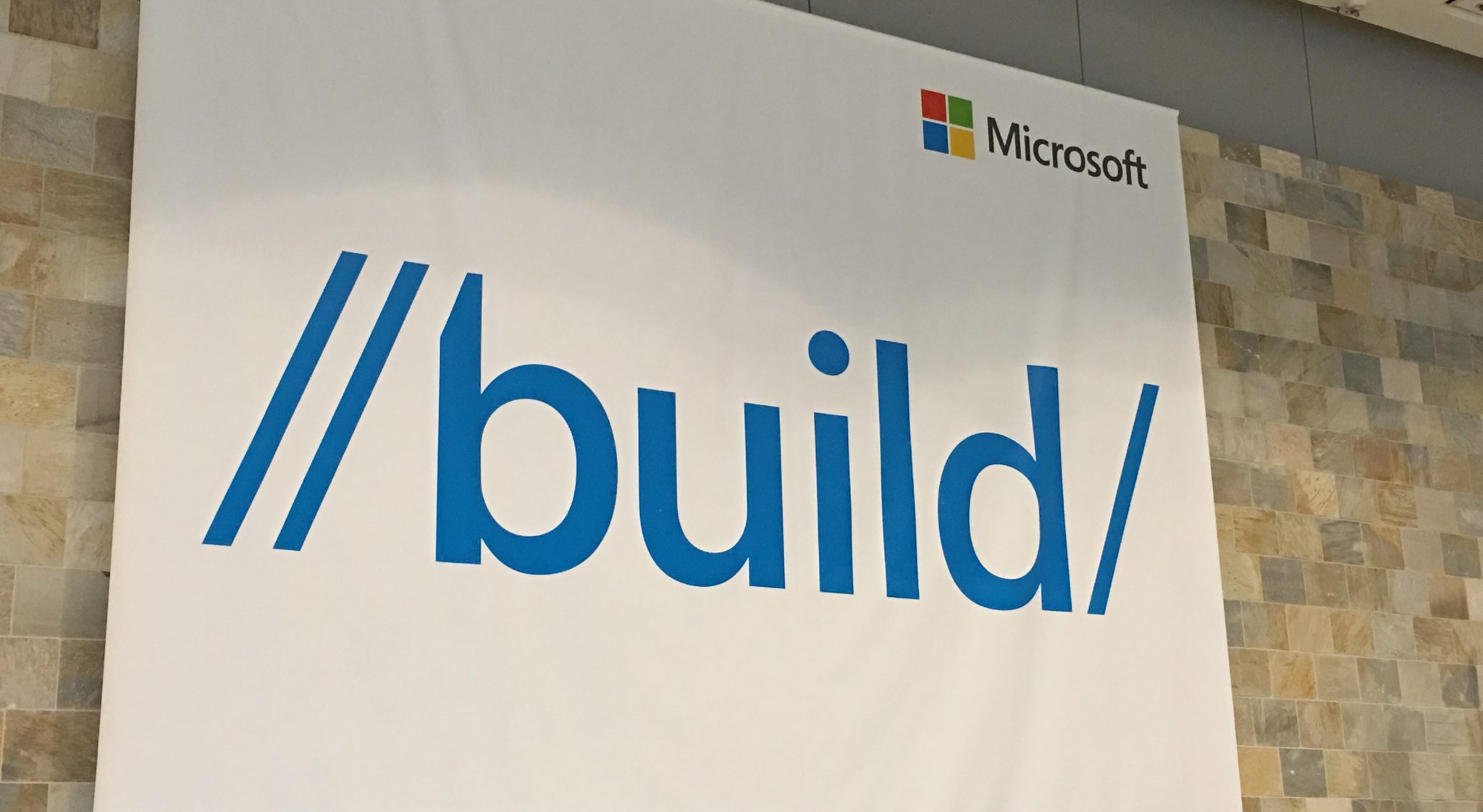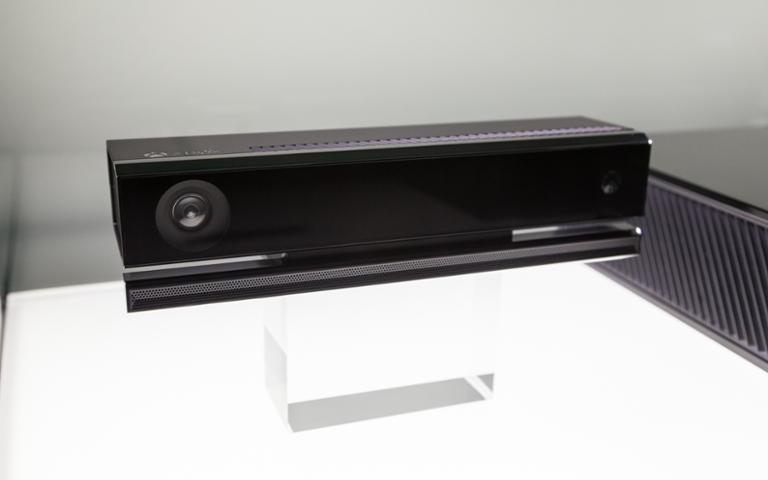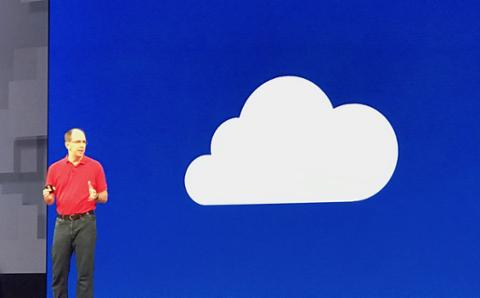Microsoft Build, the company's annual developer’s conference, is underway this week in Seattle, Washington. As expected, artificial intelligence (A.I.) is front and center, and joined by one surprise guest: the Kinect. “The era of the intelligent cloud and intelligent edge is upon us,” said Satya Nadella, Microsoft's CEO, in a press release issued before the show. “These advancements create incredible developer opportunity and also come with a responsibility to ensure the technology we build is trusted and benefits all.” Among Microsoft's first initiatives surrounding A.I. is a new, five-year program dubbed "A.I. for Accessibility." Microsoft will invest $25 million towards grants, expert consultations and other “technology investments” to better use A.I. to assist people around the world with disabilities. When it comes to Microsoft’s ‘
intelligent edge, intelligent cloud’ initiative, it’s making investments internally and externally, as well. It’s open-sourcing the Azure IoT (Internet of Things) Edge Runtime, which will allow for more control over ‘intelligent edge’ applications. Microsoft is also making a move into the drone landscape. As unmanned aerial vehicles become more service-related (and less often used by consumers), Microsoft wants to meet demand. Its first move is a partnership with DJI on a Windows 10 SDK that will bring “full flight control and real-time data transfer capabilities” to Windows devices. DJI and Microsoft will continue to co-develop solutions for agriculture, construction, public safety, and other commercial use-cases. The
Custom Vision service, which allows developers to train A.I. vision models, now runs on Azure IoT Edge. This will allow equipment (like drones) to identify issues and solve problems without the need for an internet connection. (An example: during a flyover of a field of trees, a drone could identify and log that the trees were more brown than is typical, then store that information. When connected, it could transfer its info to the system, which may recommend more watering.) Azure is also the new home for Kinect. Yes, that long-forgotten (
but much loved) Xbox add-on is back. This time, it’s ‘Project Kinect,’ and will be a package of sensors such as an advanced depth camera in addition to an onboard computer designed for the Azure Edge. Microsoft says it can track hand movements and articulation, and will perform “high-fidelity” spacial mapping. [caption id="attachment_140439" align="aligncenter" width="2048"]

Microsoft Build[/caption]
Build Brings a Lot
Because it’s Build, and Microsoft, there’s a lot going on. Every year, the company makes a
ton of small, iterative improvements. Here’s a list of the notables:
- Intellicode: A code completion tool for Visual Studio and C# that suggests which API developer’s should use based on their code. The company plans to expand this to more languages in the future.
- Azure Cosmos DB: New, differentiated multimaster with “global scale” capabilities, designed for both Cloud and Edge use-cases.
- Project Brainwave: Microsoft’s architecture for deep neural net processing is now available on Azure. Microsoft claims Brainwave makes Azure “ the fastest cloud to run real-time A.I.,” and is fully integrated with Azure machine learning.
- Bot Framework: Microsoft isn’t done with bots, and has updated its bot framework and cognitive services to make A.I. bots more conversational with richer dialogue, as well as personality and voice customization.
- GitHub: A new partnership will see Visual Studio App Center come to GitHub, which Microsoft says will give Visual Studio developers writing Android or iOS apps the ability to automate DevOps processes within GitHub proper.
- Blockchain: An all-new Microsoft Azure Blockchain Workbench helps developers get up and running with Blockchain networks, leaning back into Azure Active Directory, Key Vault, and an SQL database. Microsoft is couching the project as one that will deliver ‘proof of concept’ quickly.
Build for Developers
Microsoft has seen a resurgence under Satya Nadella. Every year at Build, its vision becomes clearer to us. Developers either develop for Office 365 via Excel or Outlook, or use its cloud-based services. It’s evident that outside of Office 365, Azure is the path Microsoft wants developers walking, and is laying out tooling that helps them at just about every turn. The depth of Azure is impressive, as is Microsoft’s continued development of (and for) it. If there’s one large ‘miss,’ it’s that Visual Studio IDE isn’t ready for all comers. Azure is robust, and it’s best utilized via Visual Studio and Microsoft’s tooling. I’d rather see Microsoft flesh Visual Studio out for a dozen or so of the most-used languages. I understand the focus on C-based languages and .NET, but the onslaught of languages such as Swift and Kotlin represent a curve in the road Microsoft isn’t ahead of yet.
 Microsoft Build[/caption]
Microsoft Build[/caption]


